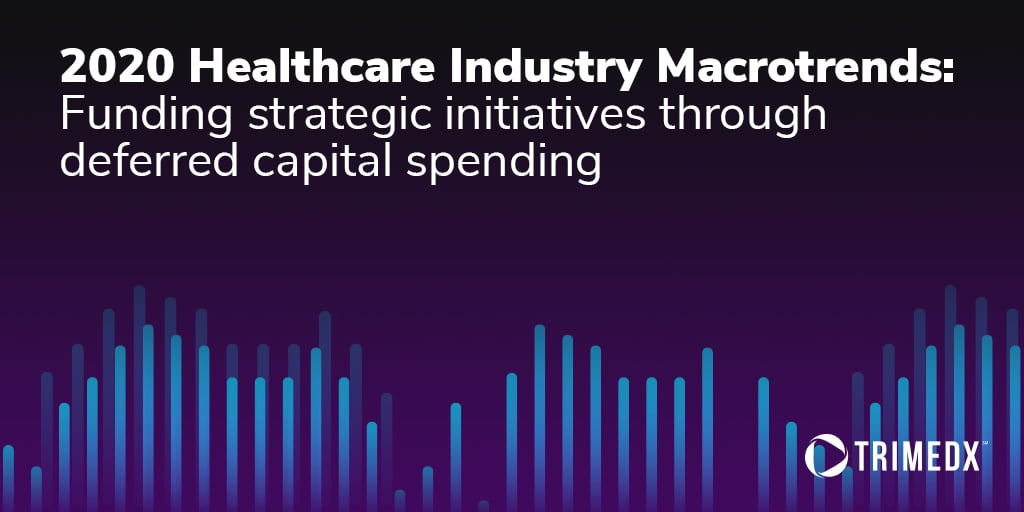It is clear that growth is returning to the top of the C-Suite agenda. In the Advisory Board’s most recent annual survey of health system CEOs, 21% cited ‘Revenue Growth’ as the #1 strategic priority in the next five years¹·². In our conversations with health system leaders across the country, we have been struck not just by the interest in growth but by the breadth of revenue-generating opportunities health system leaders are willing to explore.
From investments in business incubators and innovation centers to non-traditional joint ventures in both the public and private world, health systems are getting serious about sourcing novel means of generating revenue. We believe the pressure to seek out new revenue sources will force health systems to become far more strategic and focused with their capital investments, ensuring that adequate capital dollars are being reserved and deployed where they are needed most: to support future growth.
Unfortunately, clinical assets represent an underestimated risk to this critical strategic priority. Every year, health systems spend 27% of their capital on clinical assets, and yet the majority of leaders will admit they lack visibility into the “exhaust” of that investment.
System leaders struggle to answer questions like:
- How much equipment do I actually own?
- Am I retiring equipment as I buy new equipment?
- Can I reallocate equipment that has low utilization to another location?
- Do I need to be renting the additional assets my care team tells me we need?
Without easily accessible answers to questions like these, health systems will often spend precious capital dollars on unnecessary equipment, which not only introduces more margin-eroding operating expense but potentially diverts capital away from other, timely investments that could generate a dramatically higher return. This is a clinical asset “black box” that most health system leaders do not realize exists, and that undermines the strategic goal of maximizing available capital for strategic, growth-generating investments.
The key to this challenge is visibility, and the ability to leverage that visibility in a prioritized fashion.
Based on our experience with hundreds of health systems over the last 30+ years, here are some of the key questions that we think health system leaders need to consider when it comes to clinical assets and capital constraints:
- Does our organization have a single “source of truth” that captures our entire clinical asset inventory and associated asset lifecycle data (install dates, service history, preventative maintenance history)?
- How does our organization measure and assess asset utilization? Do we have the means to assess the amount of equipment we need (demand) versus actual asset inventory (capacity)?
- What process do we have to govern the decision-making process for capital deployment decisions for clinical assets? Do we have a clearly defined process and accountable leader for these decisions?
- What criteria and facts are used to evaluate the relative priority and timing of conflicting department and physician requests for capital to replace existing clinical assets?
- How do we evaluate our options when disposing of unneeded equipment? Do we know the true “street value” of our used assets and take steps to fully monetize their value?
While gaining the necessary visibility into your clinical asset strategy may feel daunting, TRIMEDX is uniquely poised to help you navigate these complex questions.
To learn more about how we can help you unlock the full potential of your clinical assets, fill out our contact form.
SOURCE:
¹ABCO CEO SURVEY
²ABCO CEO PRIORITIES 2020
